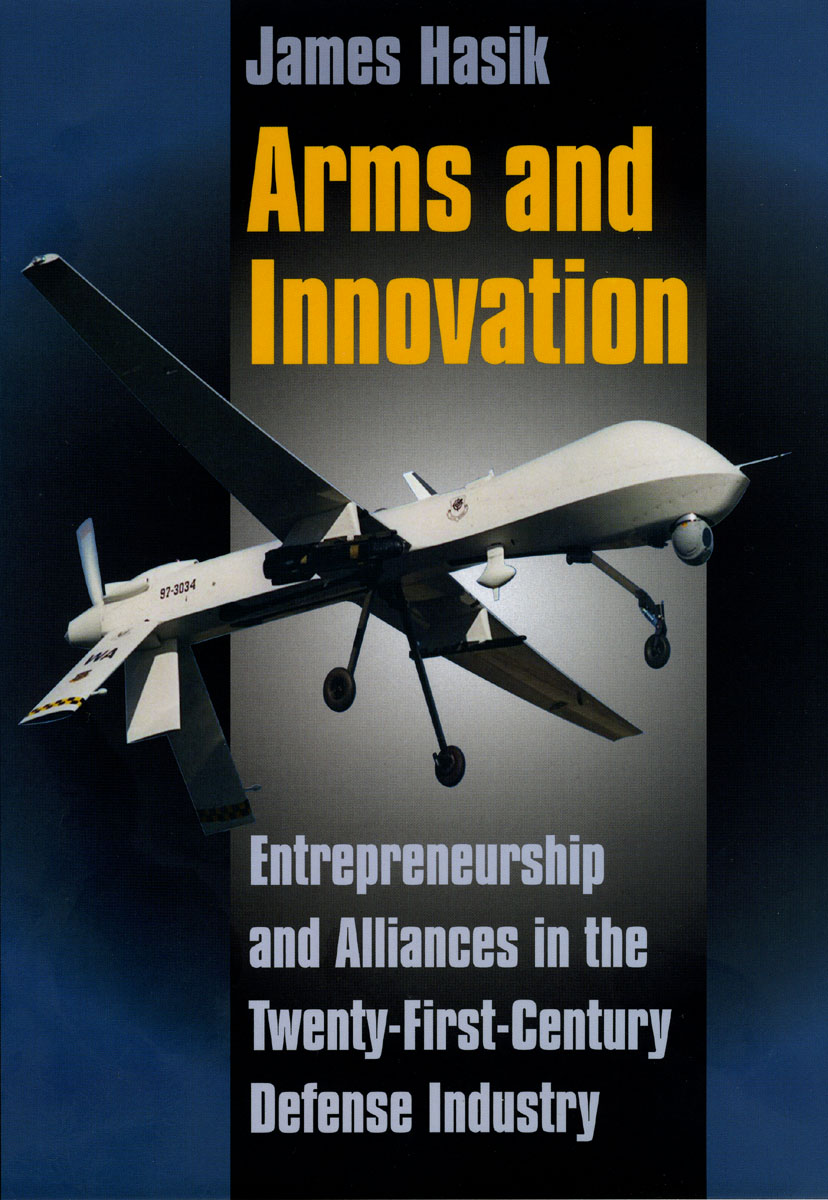New Roomba vacuums floors, takes out IED’s

A recent article in the NYT about a new generation of unmanned combat vehicles being developed by the military features several images of something that appears to be a Roomba outfitted with tank treads and a collection of high-tech sensors, and what looks like an early prototype for one of Darth Vader’s hovering imperial drones. And while it is pure speculation as to whether Star Wars actually served as inspiration for the latter, as it turns out the former description is, in fact, accurate. A recent article in the NYT on the military’s most recent technological initiatives illustrates how the use of smaller commercial firms like the iRobot company, (which currently sells robots that perform domestic chores like the floor-cleaning Roomba and the Looj gutter cleaning robot), could save the military’s modernization initiatives after a broader program dubbed “Future Combat Systems” was scrapped by defense Secretary Robert M. Gates earlier this year. According to the NYT‘s Christopher Drew:
The changes… illustrate a shift in Pentagon contracting toward more incremental upgrades and a greater use of commercial technologies.… Officials say the new devices will help transform basic infantry brigades, which have shouldered the bulk of the fighting in both wars even though they have far less protection and firepower than armored units.
You can still find the full NYT article on their website, but for a more comprehensive look at the increasing role played by small commercial firms in the the development of military technologies, defense consultant James Hasik’s 2008 book Arms and Innovation: Entrepreneurship and Alliances in the Twenty-First Century Defense Industry is a must read.
In Arms and Innovation Hasik argues that smaller firms have a number of advantages relative to their bigger competitors. Such firms are marked by an entrepreneurial spirit and fewer bureaucratic obstacles, and thus can both be more responsive to changes in the environment and more strategic in their planning. This is demonstrated, Hasik shows, by such innovation in military technologies as those that protect troops from roadside bombs in Iraq and the Predator drones that fly over active war zones and that are crucial to our new war on terror.
But for all their advantages, small firms also face significant challenges in access to capital and customers. To overcome such problems, they can form alliances either with each other or with larger companies. Hasik traces the trade-offs of such alliances and provides crucial insight into their promises and pitfalls.
Find out more about Hasik’s book on the UCP website.